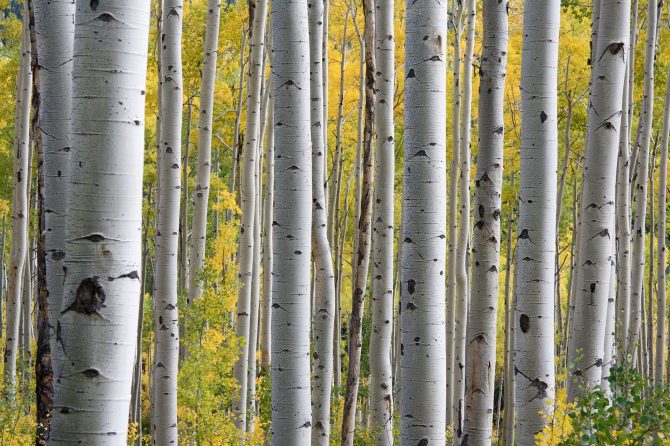A Piece of Prairie
Mill Woods is a naturalization site; its landscaping is intended to mimic the natural growth of the area. It features vegetation native to Alberta—a piece of prairie landscape known to ecologist as the Aspen Parkland biome. It encourages ecological diversity and attracts pollinators, dragonflies and songbirds, among other wildlife. It’s also more environmentally friendly.
What is naturalization?
According to environmental not-for-profit organization Evergreen, “Naturalization is a process of ecological restoration that involves returning an altered or degraded site to a more natural condition through the use of trees, shrubs and flowers that are native to the area.”
It is also a vegetation management strategy used to control and prevent weeds. Once established, it’s difficult for noxious weeds to grow.
Naturalization is part of the City of Edmonton’s Urban Forest Management Plan, opens a new window, which involves a 10-year strategy to increase the city’s tree canopy as well as manage and enhance Edmonton’s diverse urban forest.
The naturalization site at Mill Woods contains a number of native plants, including:
- Trees: Prairie Dream Birch, Trembling Aspen and White Spruce
- Shrubs: Kinnikinnick, Bunchberry and Dwarf-Bush Honeysuckle
- Grasses: Parry’s Cat Grass, Foothills Rough Fescue, Plains Rough Fescue and Baltic Rush
- Wildflowers: Harebells, Dotted Blazing Star, Perennial Blue Flax and Silky Lupine
How long until the landscaping looks nicer?
Naturalization has three phases:
- Stage 1: Natural Growth—stop mowing and let grass grow while continuing to manage weeds
- Stage 2: Establish a Healthy and Diverse Ecosystem—start planting trees and shrubs that are native to Alberta
- Stage 3: Biodiversity Enhancement—continue planting smaller native trees, shrubs and wildflowers to help establish a natural balance
After a few years, the ecosystem established in the naturalization site will be better able to defend itself against weeds thanks to several natural defense mechanisms. The naturalization process at Mill Woods is in Stage 1. It will likely continue in that phase for another one to two years.
Are there other sites with natural landscaping in the city?
While Mill Woods is EPL’s first natural landscape, it’s not the only location in Edmonton. There are various places around the city that have also been designated naturalization sites. For example, the bush area surrounding the Whitemud freeway and Rundle Park.
Why would EPL do this?
Naturalization comes with a variety of positive effects, including economic, environmental and quality of life benefits. This type of landscaping:
- Improves air quality because native plants act as carbon sinks that help purify air more effectively than traditional landscaping
- Reduces the need for pesticides as native plants and trees are better equipped to survive in the local climate
- Helps native plants, birds and other wildlife populations re-establish themselves
- Reduces storm water runoff and the associated risk of flooding because trees and shrubs in the landscaping capture rainwater
- Provides windbreaks for snow capture and dust reduction
- Reduces noise levels as dense plantings mature
- Encourages urban environmental stewardship with tree planting through the Roots for Trees program
- Becomes a source of beauty as it matures
- Reduces maintenance costs, specifically mowing
EPL also decided to incorporate naturalization-style landscaping because it helped the building qualify as a LEED candidate, opens a new window.
Where can I learn more?
If you have further questions or concerns, please direct them to the Mill Woods branch, Contact EPL, opens a new window or 311, opens a new window.

